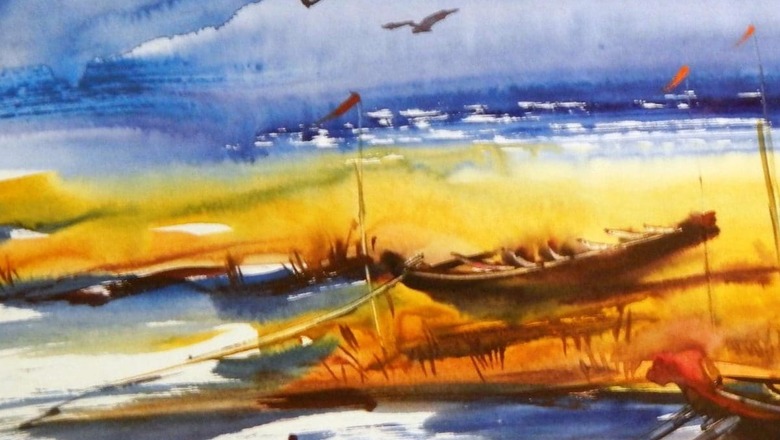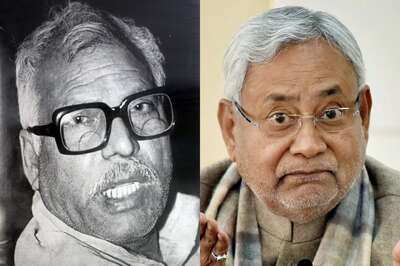
views
India is known for its cultural and ethnic diversity. Every state across the country treasure some incredible forms of art, culture and heritage sites. The country is home to more than 2500 tribes and ethnic groups. Every indigenous community has been trying to preserve its own art forms, traditions and cultural heritage. Some of these art forms have been lost with the progress of the society but some have managed to revive themselves with the modern trends.
A lot of these age-old art forms have been preserved by incorporating them into home decor or textiles. Let’s take a look at some of these art forms.
1. Warli paintings:
Warli paintings date back to the 10th century AD and find its origins in the North Sahyadri range of Maharashtra. Wildlife and the gifts of nature have a big impact on Warli art form. This impact can be seen in the use of straightforward geometric shapes to represent aspects of nature and human beings. Another notable aspect is the depiction of their traditional dance, known as “Tarpa”. Warli paintings were usually done on the walls of the houses. A liquid mixture of rice flour, water, and gum is used for painting. Warli paintings are a way for future generations to learn about the customs, traditions and mythology of the Warli tribe.
2. Santhal paintings:
This art form emerged in the pre-Aryan era. They are painted by a unique group of people known as Jadu Patua, or magic painters, in the Santhal Pargana region along the border between West Bengal and Bihar. Simple themes including a wedding, a harvest, music, and daily rituals are covered in these paintings. These paintings mostly incorporate human figures. The figures are stark yet realistic. These paintings are created on handmade paper that is occasionally supported by cloth canvas. The colours used are naturally made from vegetables.
3. Madhubani paintings:
This is from the Mithila region of Bihar. Madhubani and Darbhanga districts are known as the cradle of the art form. The majority of artists are rural women who use twigs to create two-dimensional images on freshly built mud walls in their homes to express their thoughts, aspirations, and goals. Additionally, it makes use of plant- and vegetable-based colours. Hindu deities serve as the inspiration for these paintings. Some of the outstanding features of this painting include the employment of conventional geometric patterns, a double-line border, abstract-like deity figures, and elaborate floral patterns.
4. Pithora paintings:
This tribal art form has been kept alive by the Rathwa, Bhil, Nayak, and Tadi tribes of Gujarat, Rajasthan, and Madhya Pradesh. The tribes engage in this art form to express gratitude to God or to make a wish come true. Traditionally, the motifs are solely produced by the men of the tribe. To create the paintings, they combine vibrant natural and synthetic colours. Deities, horses, the sun, and the moon are prominent themes in Pithora art.
5. Saura paintings:
Saura paintings are created by the saura tribe, who live in the hilly areas of south Odisha’s Koraput, Ganjam, and Gajapati districts. Nature, social life, animals and tribal gods and goddesses feature in saura paintings.
The subjects of the paintings include the sun, moon, icons of the Guardian Spirits, and ghosts. These paintings are done on walls of the houses. In order to improve the visual impact, black, yellow, and blue colours are occasionally used. Painting is done with brushes made from palm twigs.
Read all the Latest Lifestyle News here



















Comments
0 comment